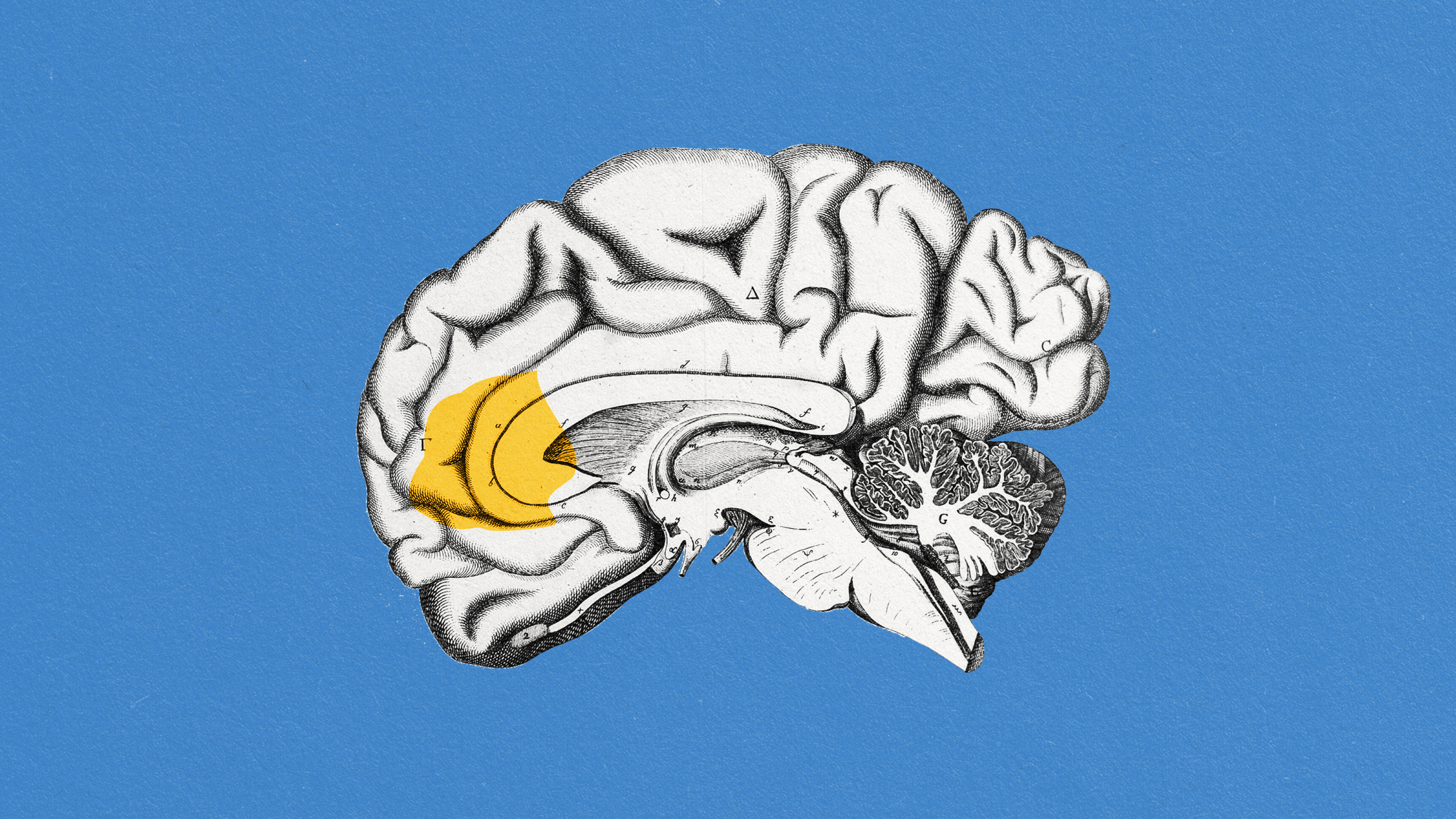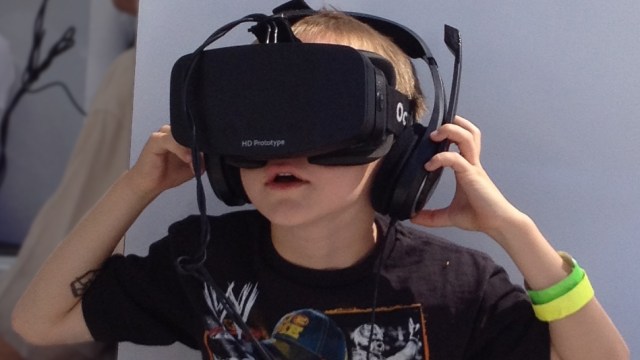Researchers have identified an area of the dog brain dedicated to processing human faces

If you want to know about the special relationship between human and canine you need only watch a dog owner slavishly feed, cuddle and clean up after her furry companion, day after day after day. But is this unique cross-species relationship also reflected at a deeper level, in the workings of the canine brain? A recent study in Learning and Behavior suggests so, finding that highly trained dogs have a dedicated neural area for processing human faces, separate from the area involved in processing the faces of other dogs.
The researchers, led by Andie Thompkins at Auburn University, say their results are of theoretical importance (in relation to the evolutionary origin of cognitive abilities) and could have practical use too, potentially paving the way to using brain scans to validate the expertise of trained dogs.
The researchers trained 12 working dogs (“detector dogs” aged between six months and three years) to lie still in a brain scanner and look at photographs of the faces of humans and dogs. The human faces varied in their familiarity (being both trainers and strangers) and in their emotional expression. Similarly, the dog faces varied in familiarity (being either kennel buddies or canine strangers).
Remarkably, only 5 per cent of the data had to be removed because of excess movement by the canine participants. Analysis of the remaining data showed a distinct pattern of increased brain activity in the participating dogs’ left temporal lobes when viewing the faces. Furthermore, regardless of facial familiarity or emotion, the specific distribution of this activity depended on whether the dogs were looking at human or dog faces.
The “human face area” in the dog brain corresponded with a similar region in the human brain known as the “fusiform face area”, which is particularly involved in processing facial identity. The “dog face area” meanwhile mapped onto the human superior temporal gyrus, perhaps reflecting a functional analogue of the superior temporal sulcus in humans, which is involved in dynamic face processing, including recognising emotions and facial movement.
Previous behavioural research has already established that the ability of dogs to recognise and process human faces surpasses even that of species that are evolutionarily more closely related to us, such as monkeys. The new findings suggest this impressive ability is reflected in the functional geography of the dogs’ brains, with grey matter dedicated to the task.
This conclusion remains somewhat tentative and hard to interpret, however. Not only because this small study needs replicating, but because we can’t know from a brain scan conducted at a single time point whether the observed brain activation patterns are a consequence of the training previously undertaken by these dog participants (meaning that human faces would have been extra important for them) or are a more universally evolved feature of canine cognition.
Christian Jarrett (@Psych_Writer) is Editor of BPS Research Digest
This article was originally published on BPS Research Digest. Read the original article.





